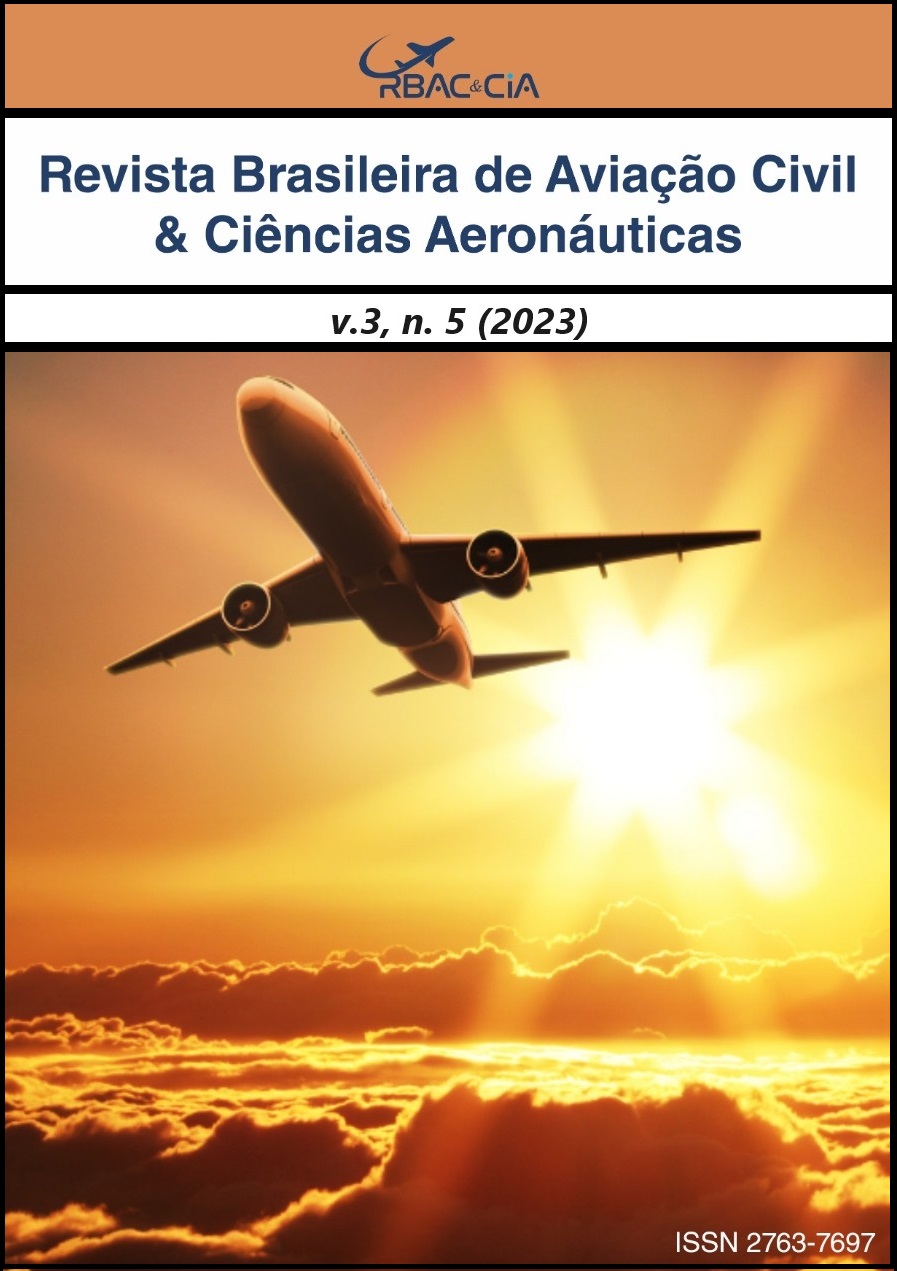VIABILIDADE TÉCNICA DA SEMEADURA DE NUVENS COMO ALTERNATIVA PARA MINIMIZAR IMPACTOS DA SECA NA AGRICULTURA DO CENTRO-OESTE FEASIBILITY STUDY OF CLOUD SEEDING TO MITIGATE AGRICULTURAL LOSSES DURING DROUGHT IN THE MIDWEST
Conteúdo do artigo principal
Resumo
Os períodos de estiagem são os que menos produzem chuvas e, no Centro-Oeste brasileiro, a falta de água é uma das responsáveis por eventuais prejuízos nas 2ª safras (também chamada de entressafra ou safrinha), principalmente a do milho. Diante desse problema, a pesquisa tem como objetivo analisar a possibilidade de praticar a semeadura de nuvens no Centro-Oeste, realizada por aviões de médio porte, a fim de mitigar os danos causados à produção agrícola durante a seca. Para atingir o objetivo proposto, adotou-se uma metodologia de natureza básica, com procedimentos bibliográficos e documentais. Entre os documentos, cartas SIGWX PROG brasileiras das 18 UTC, de 2019 a 2023 foram consultadas para registrar as nuvens com potencial de serem semeadas (espessura mínima de 6.500 pés) e os Quadrantes com maior frequência de nuvens. Além delas, o manual do avião Sêneca III serviu de base para os cálculos de custo da técnica. Assim, os resultados demonstraram que as áreas cultivadas pertencentes ao Quadrante 6 estão mais propicias à formação de nuvens médias e grandes cumulus durante a estiagem, e que estas nuvens, em sua maioria, podem ser semeadas com água e precipitar na região. Por outro lado, observou-se que o custo para essa operação leva em conta diferentes variáveis, desde o tamanho da área até o número de dias para produzir chuva suficiente. Considerando os resultados, a pesquisa conclui que a prática pode ser viável, principalmente para as lavouras do Quadrante 6, desde que a tendência de nuvens permaneça e o custo considere todas as variáveis.
ABSTRACT
Drought periods are the ones that rain the least, and in the Brazilian Midwest, water scarcity is one of the factors responsible for potential losses in the 2nd crops (also called interseason or safrinha), especially corn. Considering this issue, the research aims to analyze the feasibility of cloud seeding in the Midwest, carried out by medium-sized planes, in order to mitigate the damage caused to agricultural production during the dry season. To achieve the proposed objective, a basic nature methodology was adopted, using bibliographical and documentary procedures. Among the documents, Brazilian 18 UTC SIGWX PROG charts from 2019 to 2023 were consulted to record clouds with the potential to be seeded (minimum thickness of 6,500 feet) and quadrants with the highest frequency of clouds. Additionally, the Seneca III aircraft manual served as the basis for cost calculations of the technique. The results had demonstrated that cultivated areas in Quadrant 6 are more conducive to the formation of medium and tower cumulus clouds during the drought, and that these clouds, for the most part, can be seeded with water and precipitate in the region. On the other side, it was observed that the cost for this operation consider account different variables, from the area size to the number of days to produce sufficient rainfall. Considering the results, the research concludes that the practice may be feasible, especially for crops in Quadrant 6, as long as the cloud trend persists, and the cost consider all variables.
Keywords: Cloud seeding. Drought. Midwest. Agricultural production.
Downloads
Detalhes do artigo

Este trabalho está licenciado sob uma licença Creative Commons Attribution 4.0 International License.
